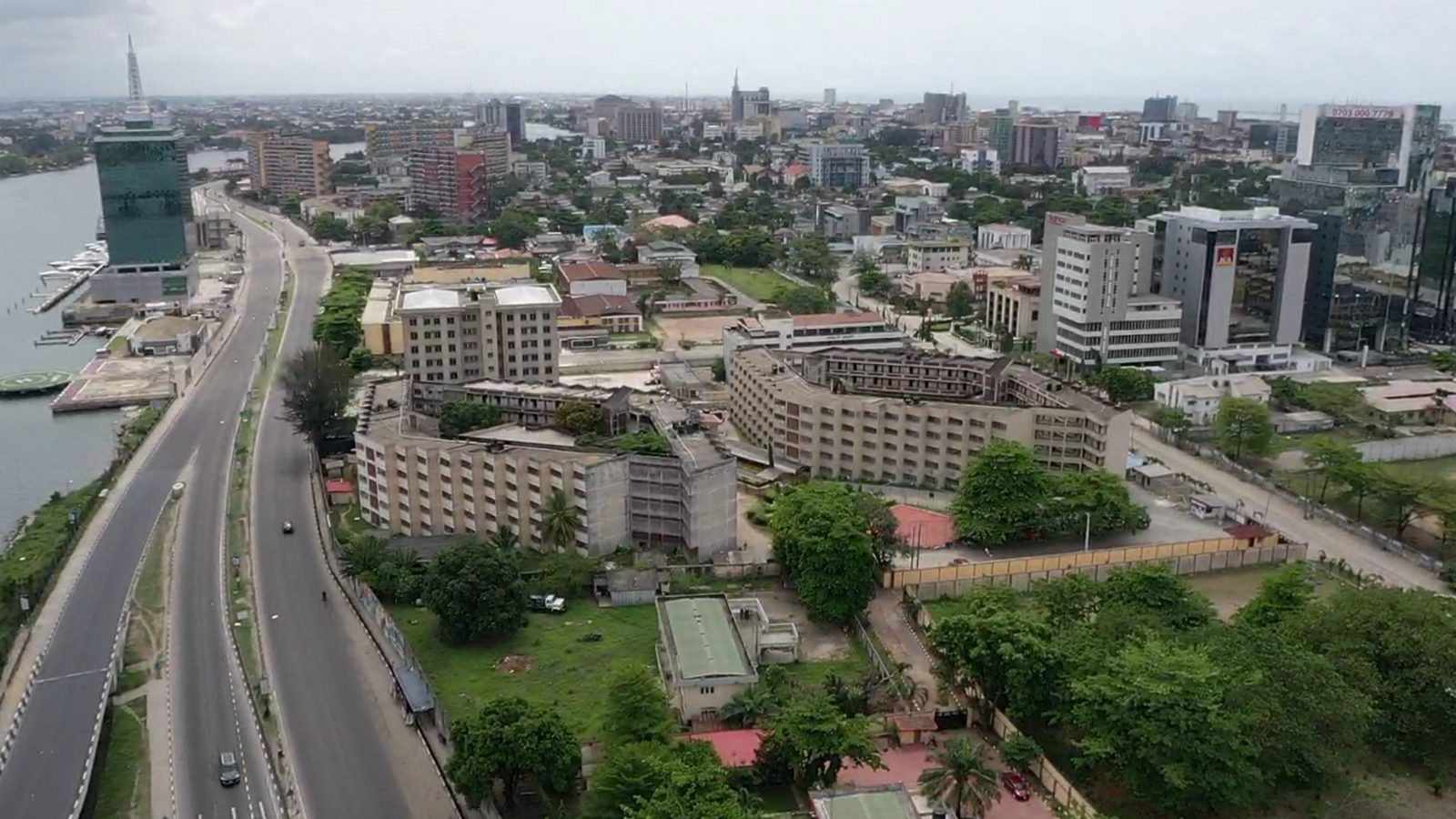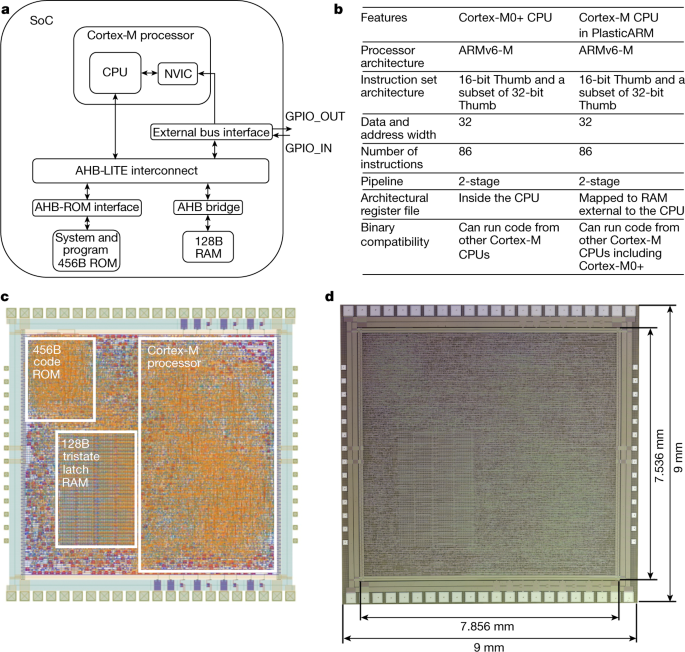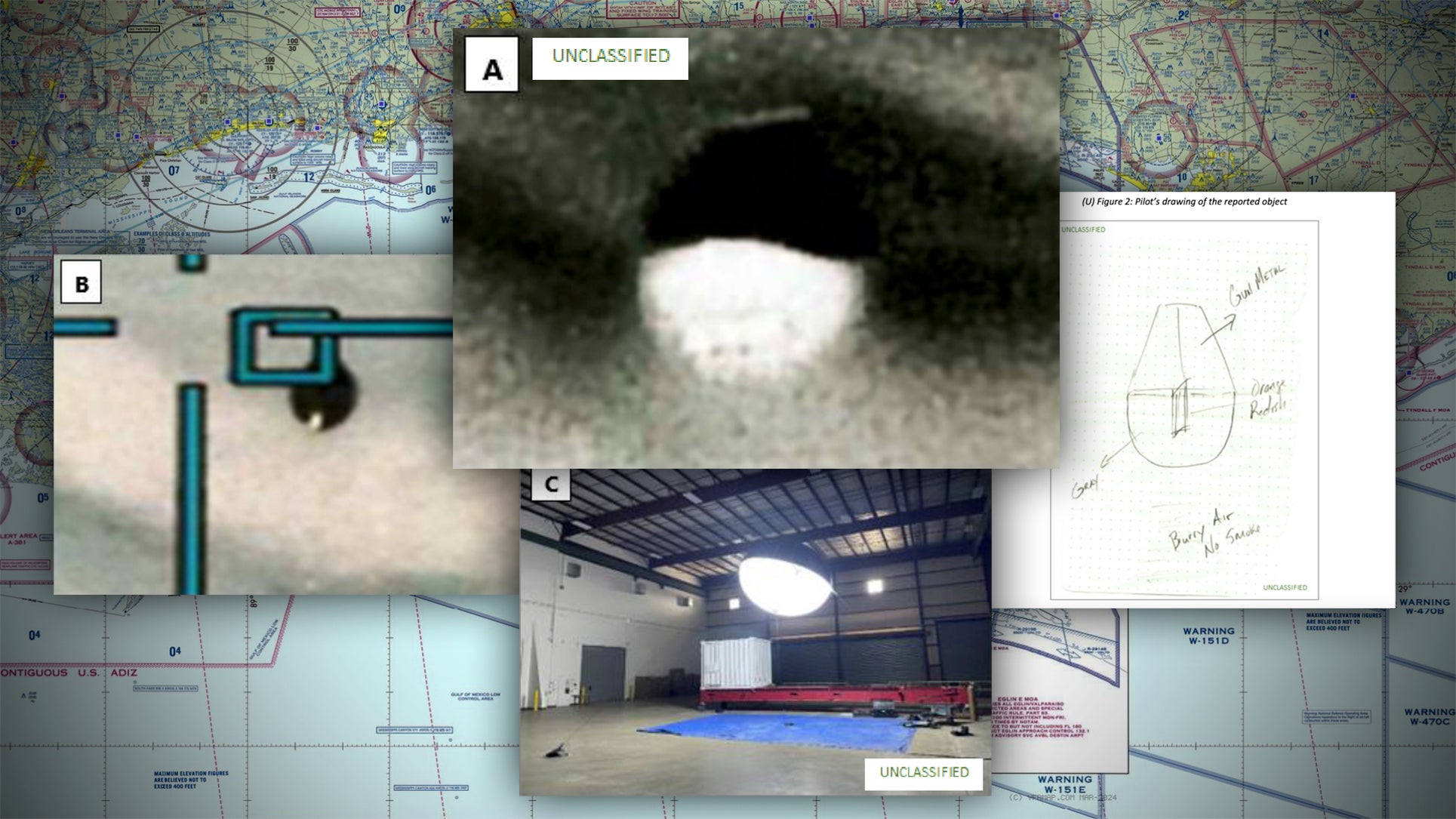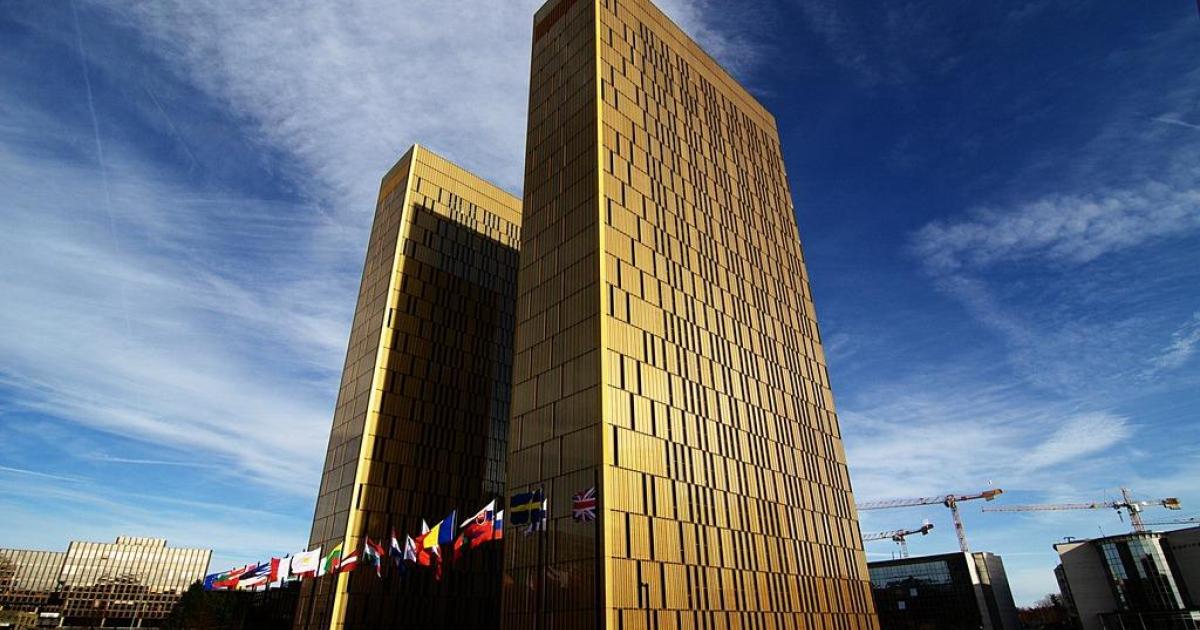
Austin was 'the biggest winner' of COVID tech migration. What happens to Silicon Valley?
AUSTIN, Texas — Texas’s capital has long been a tech pioneer, starting in the 1960s with IBM and Texas Instruments. In 1984, a University of Texas at Austin student named Michael Dell launched his PC company, which would become one of the largest computer manufacturers. But the rise of social media and mobile phones was concentrated in Silicon Valley, cementing the West Coast as the world’s biggest tech hub.
A year after the pandemic canceled its signature tech and arts conference, SXSW, the city has gone from a harbinger of the crisis to one of its biggest winners, according to local businesses and economic data.
Austin has regained 97% of its lost jobs from spring 2020, according to the Austin Chamber of Commerce. Unemployment was a seasonally adjusted 4.6% in May, down from a pandemic peak of around 12% in April 2020. Company relocations added 12,421 new jobs last year, a record high. The housing market is one of the hottest in the country, with demand soaring from out-of-state arrivals. Studies show there wasn't a California exodus to Texas, but Austin has benefited from company expansions and tech migration.
As Austin gained, the Bay Area lost. LinkedIn user data shows Austin had the highest net inflow of tech workers of any major U.S. city between May 2020 and April 2021, gaining 217 people for every 10,000 users. The Bay Area saw the biggest drop, losing 80 tech workers for every 10,000 users.





















